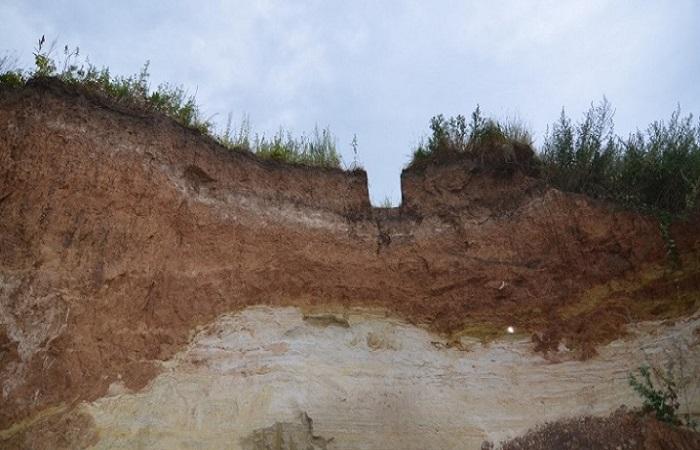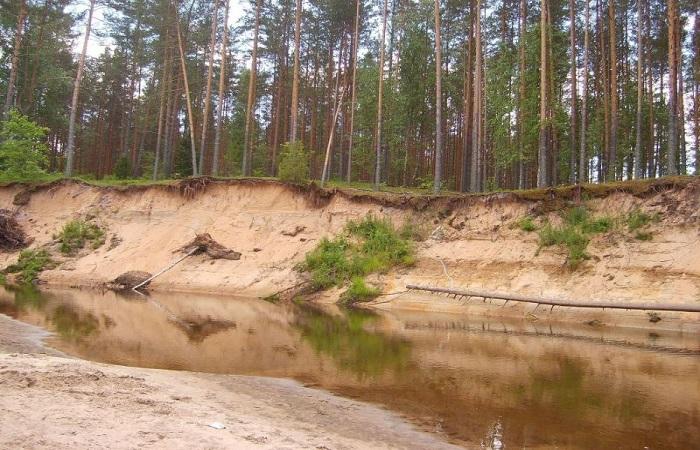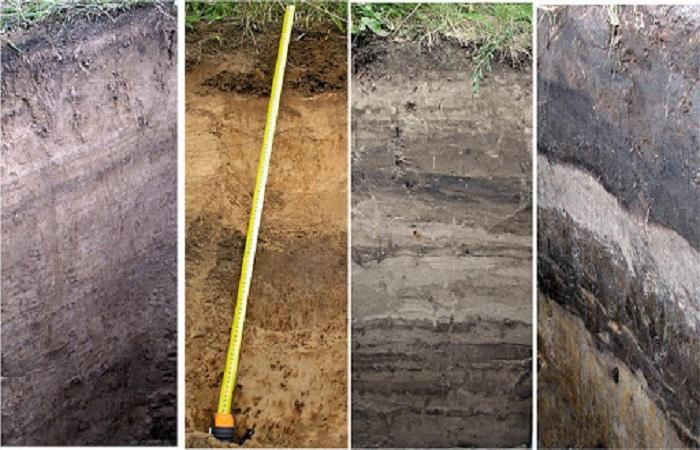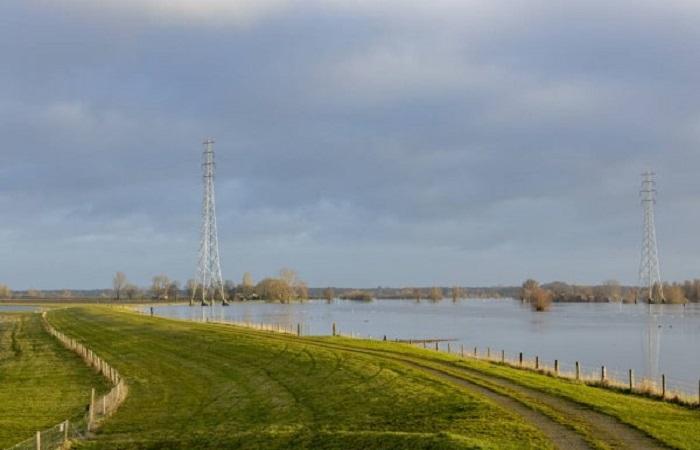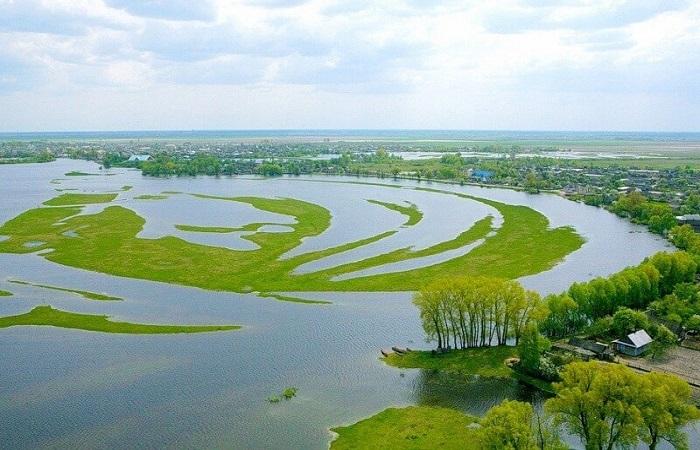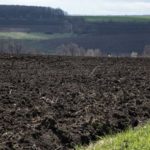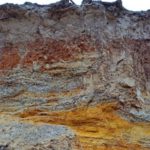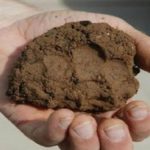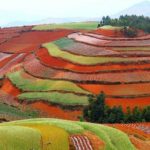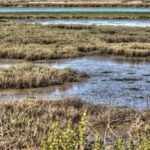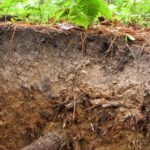Alluvial soils mean lands located in river floodplains. They are formed by alluvial particles. Such soil is often used for growing valuable agricultural plants and is actively used as pasture for domestic animals. It is also suitable for haymaking. This is especially true for meadow parts located in the center of floodplain terraces.
Characteristics of alluvial soils
Almost all rivers have floodplain valleys, on which alluvial soils are formed.After some time, river flows can change the state of their banks.
This process is accompanied by the constant application of uncemented fragments of alluvium. This term refers to sediments that include not only mineral particles of different sizes, but also contain fertile silt. Its structure includes fragments of plants and waste products of animals.
The formation of alluvial soils is associated with the duration of water flooding. It can be different:
- No more than 1 week. This is a normal duration and does not cause plant death.
- 7-14 days. This period does not pose a threat to perennials, but is dangerous for annual plants.
- More than 2 weeks. Only moisture-resistant plants and herbs can survive such flooding.
The key process involved in the development of alluvial soils is the settling of special particles. They stimulate the rapid rise of the top layer of soil. Alluvial particles are systematically rejuvenated. As a result, the soil profile grows upward. This prevents the full formation of soil.
Such soils have a layered structure. At the same time, the layers differ in the level of layering. After some time, they sink and are covered with new elements of alluvial deposits. This is the distinctive feature of these types of soil.
Varieties
The soil formation conditions of alluvial soils are closely related to the water regime.
Therefore, they differ in composition, humus content, vegetation type and key agricultural characteristics:
- Meadow soils form in the center of river floodplains. Their main characteristic is considered to be a surface layer of turf with roots and a heavy humus horizon.Under natural conditions, these types of soil are meadows in which cereal plants and herbs grow. They are characterized by the presence of soil-forming rock in the form of layered gleyed deposits with peat fragments.
- Bedside zones of river valleys are usually characterized by the formation of soddy floodplain soil. It is distinguished by the presence of forests and herbs. The main share in the structure of such land is sand and undecomposed fragments of the vital activity of animals and plants. This type of soil is considered layered. It contains a minimum of humus and is characterized by weak horizons.
- Swampy alluvial soils contain a lot of peat and silt. These components are also present in the surface layer. Such soils have a layered structure and composition. These characteristics are due to frequent flooding associated with placement in depressions that are located below ocean level.
- Forest alluvial soils are characterized by a loose structure, light granulometric composition and low humus content. These types of soil belong to the turf type. They contain a minimum of nutrients and humus. In addition, the substrate is characterized by pronounced acidity.
- Saline soils are considered the most difficult from an agricultural point of view. These types of soils are found in large quantities in Asia. In this case, the composition and distribution of salts may differ significantly.
Meadow soil types are divided into 2 types:
- Layered - includes fragments of sand and sandy loam. They also contain plant roots. The structure of such soil is granular and lumpy. It is found in low, marshy areas.
- Primitive layered - characterized by an upper turf layer measuring 1-2 centimeters and a weak humus layer 3-5 centimeters thick.This is a fairly heavy loamy soil that is considered infertile.
Impact of climate and groundwater
A distinctive feature of alluvial soil types is periodic flooding. This process is called floodplain. It is not always observed annually, but should lead to the accumulation of new mineral material. The formation of such types of soil is also influenced by the proximity of groundwater.
Where are they distributed?
Alluvial soil types are found in river floodplains. They are common in almost all soil and climatic zones of Russia. To a greater extent, such soil is found in the deltas and floodplains of the Oka, Don, Ob, Lena, Volga, and Irtysh. A characteristic feature of these areas is considered to be good conditions for the development of vegetation.
Features of use
The use of floodplain rivers in agriculture can be complicated by significant changes in relief. Constant floods and floods in the spring inevitably flood the lowlands. That's why they have to be drained all the time. In addition, such areas are difficult to process.
To use alluvial soil types for agricultural purposes, it is important to carry out a whole range of activities. These should include the following:
- Weeding of future arable land from weeds and cleaning of small debris that washes up with river flow and groundwater.
- Application of nitrogen and phosphorus fertilizers.
- Liming of acidic soil types after drainage. Chemical reclamation is used for this purpose.During the procedure, it is necessary to add calcite, belite or dolomite flour. To neutralize the soil, you can use limestone. Oil shale or peat ash is also used for this purpose. Defects, which are waste from sugar production, are also highly effective.
- Sowing seeds into the turf layer. This is required when using soils in livestock farming. Thanks to this measure, it is possible to significantly improve the structure of the grass stands.
- Plowing heavily swampy areas. It is carried out in case of degradation of meadows. This method is used to significantly improve floodplain lands.
- Supplementary irrigation. This helps subsequently to grow vegetable crops and forage grasses in river floodplains. These areas are also suitable for fruit and berry plants.
- Timely sowing and irrigation work. They are an important condition for the restoration of soils that contain little humus.
- Use of potassium fertilizers for sandy and sandy loam soil types. Turf soil needs nitrogen and humus.
Drained marshy lands require products that contain a lot of copper, potassium and organic matter. These substances help to activate microbiological processes and increase soil fertility.
Alluvial soils differ in structure and structure. This must be taken into account when using these types of soil for agricultural purposes.

